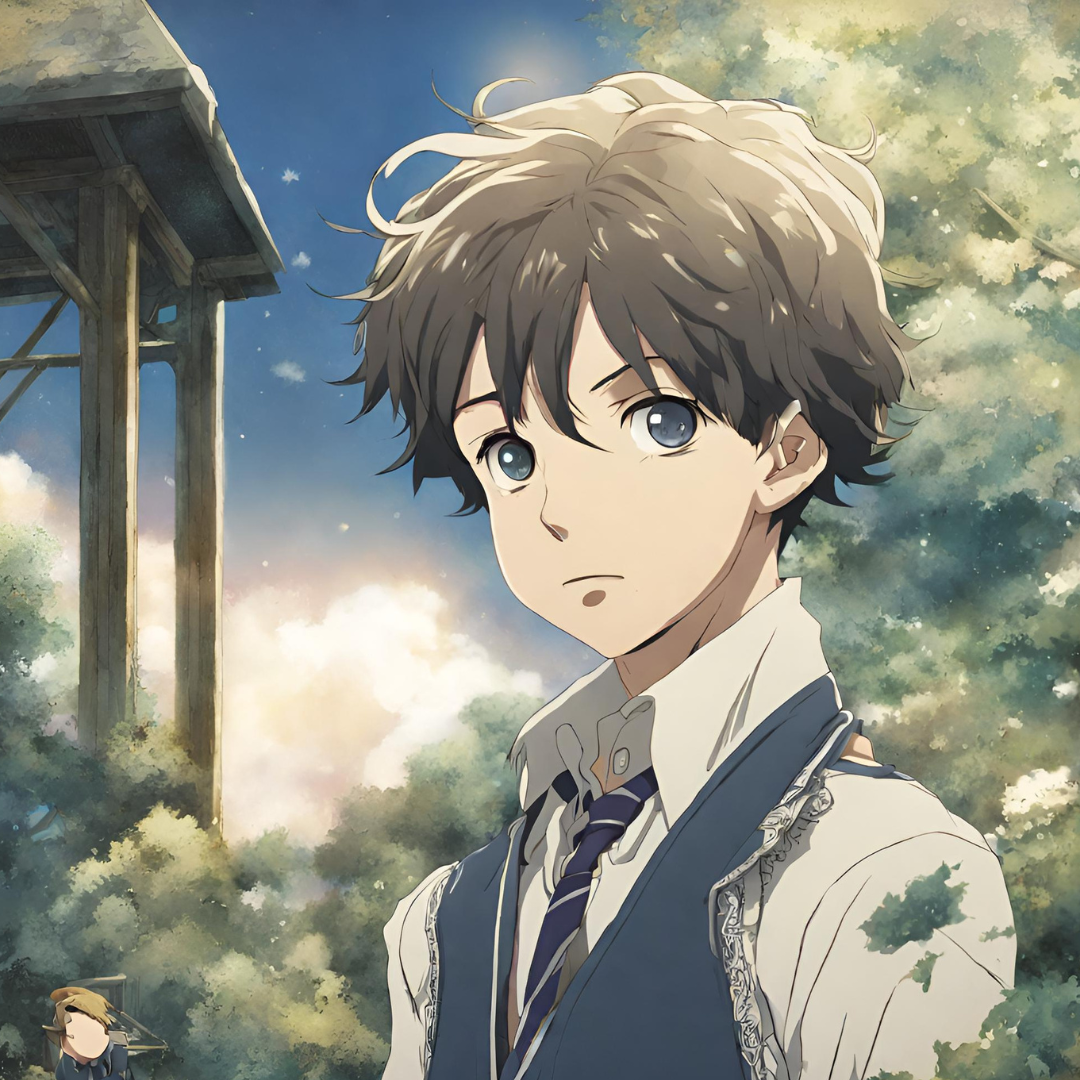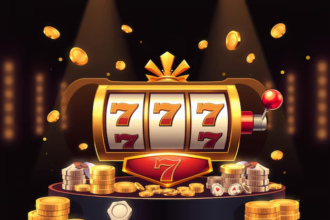The world of anime is vast and diverse, the dreaming boy is a realist anime episode 1 spanning across various genres and captivating audiences with its imaginative storytelling. One genre that has gained recognition for its grounded and relatable narratives is realist anime. In this article, we delve into the debut episode of “The Dreaming Boy,” an anime that has taken the realist genre by storm. We’ll explore its plot, themes, characters, artistic elements, impact on the community, and much more.
Episode Synopsis
At the heart of “The Dreaming Boy: Episode 1” is the introduction of the main character, Yuuto. This young and imaginative boy is brimming with dreams and aspirations. The episode skillfully sets the stage for Yuuto’s journey, immersing viewers in his world as he navigates the challenges of adolescence and strives to make his dreams a reality. But what sets this anime apart is its commitment to realism, portraying the struggles and triumphs of everyday life in a way that resonates with audiences of all ages.
Themes Explored
Dreams vs. Reality
“The Dreaming Boy” grapples with the central theme of dreams versus reality. Yuuto’s journey reflects the universal struggle of balancing ambition with the practicalities of growing up. Viewers are invited to witness the highs and lows of pursuing one’s dreams and the inevitable clashes with the real world.
Importance of Friendship and Support
In this episode, the importance of friends and family in achieving one’s goals is another prevalent theme. The relationships that Yuuto forms as he pursues his dreams play a significant role in his character development. The anime beautifully portrays how these connections impact his journey.
Coming of Age
The transition from childhood to adulthood is a central theme in “The Dreaming Boy.” Viewers are treated to a coming-of-age narrative that captures the challenges and experiences that come with growing up. Yuuto’s gradual transformation from a dreamy child into a more grounded young adult is a captivating aspect of the show.
Character Development
“The Dreaming Boy” introduces viewers to a diverse cast of characters, each with their own aspirations and challenges. While Yuuto takes the spotlight, the episode lays the foundation for character arcs that promise to be both intricate and emotionally resonant. As the series progresses, viewers can expect to witness these characters evolve and grow, mirroring the complexities of real life.
Visual and Musical Aesthetics
To truly appreciate “The Dreaming Boy,” one must acknowledge its exceptional animation and artistry. The visuals are a testament to the care and craftsmanship that went into the show’s production, capturing the essence of its realist themes. The animation brings the characters and their world to life, enhancing the overall viewing experience. Accompanying this visual splendor is a mesmerizing soundtrack that elevates the emotional depth of the story. The music enhances the atmosphere and evokes the emotions of the characters, adding a layer of depth to the narrative.
Impact and Reception
“The Dreaming Boy” has not gone unnoticed by the anime community. It has garnered praise for its commitment to realism and its ability to resonate with viewers on a personal level. Critics have lauded the anime for its nuanced storytelling and relatable characters. If any awards or accolades have been received, they would undoubtedly be a testament to the show’s quality. Additionally, online fan communities have sprung up to discuss and dissect the anime, adding to its overall impact.
Future Expectations
As we look ahead to future episodes of “The Dreaming Boy,” anticipation runs high. Will Yuuto’s dreams become a reality, or will he face unforeseen challenges that test his resolve? Viewers can expect the plot to thicken and the characters to continue their journeys of self-discovery. The realist elements of the anime promise to keep audiences engaged and emotionally invested.
Realism in Anime
To truly appreciate “The Dreaming Boy,” it’s essential to understand the realist anime genre. This genre stands apart from the fantastical and supernatural elements often found in anime. Realist anime focuses on portraying everyday life and the challenges that ordinary individuals face. In this regard, “The Dreaming Boy” shares common ground with other realist anime titles, and it’s worth exploring these connections.
The Creative Team Behind the Anime
Behind the scenes of every anime is a team of talented individuals who bring the story to life. “The Dreaming Boy” is no exception. The director, writers, and animators all play a pivotal role in shaping the anime’s success. Their creative decisions influence the storytelling, animation style, and overall direction of the show. By understanding the creative minds behind “The Dreaming Boy,” we gain insight into what makes it a standout in the anime world.
Voice Acting and Character Portrayals
Voice acting is a crucial component of any anime, and “The Dreaming Boy” is no different. The voice actors bring the characters to life, infusing them with personality and emotion. Examining the voice actors and their roles provides valuable insight into the depth of the characters and the impact of their interactions. The quality of voice acting can greatly enhance the viewer’s connection to the story and its characters.
Artistic Choices and Symbolism
“The Dreaming Boy” is not only visually stunning but also rich in symbolism. Artistic choices, such as color palettes, imagery, and visual metaphors, play a significant role in enhancing the storytelling. Analyzing these choices allows us to delve deeper into the narrative’s subtext and gain a greater appreciation for the anime’s artistic prowess.
Cultural References and Influences
Anime often draws inspiration from cultural elements, and “The Dreaming Boy” may contain subtle references and influences that enhance the viewing experience. Identifying these cultural references adds a layer of depth to the narrative and allows viewers to connect with the story on a broader cultural level.
Critical Analysis
In this section, we will conduct an in-depth analysis of “The Dreaming Boy: Episode 1.” We will explore the episode’s strengths and weaknesses, highlighting standout moments and storytelling techniques that contribute to its impact. This critical examination will provide a comprehensive understanding of why this anime has garnered attention and acclaim.
Community Engagement
Online communities dedicated to “The Dreaming Boy” are buzzing with activity. Fans have taken to forums, social media, and fan art platforms to discuss their theories, share their favorite moments, and engage in lively debates about the characters and plot. We’ll take a peek into these communities and see how they contribute to the overall fan experience.
Conclusion
In conclusion, “The Dreaming Boy: Episode 1” is a captivating debut in the world of realist anime. Its dedication to portraying the struggles and triumphs of everyday life, combined with its compelling characters and stunning visuals, make it a must-watch for anime enthusiasts. As the series continues to unfold, we can only anticipate more profound themes, character developments, and emotional journeys that will keep us glued to our screens. If you haven’t embarked on Yuuto’s adventure yet, now is the perfect time to dive into “The Dreaming Boy” and experience the magic of realist anime at its finest.
FAQS
1. What is “The Dreaming Boy”?
“The Dreaming Boy” is an anime series known for its realist approach to storytelling. Episode 1 serves as its captivating debut, introducing viewers to the world of a young boy named Yuuto and his dreams.
2. What is the realist anime genre?
Realist anime is a subgenre that focuses on portraying everyday life, often exploring the challenges and triumphs of ordinary individuals. It avoids fantastical and supernatural elements, providing a more relatable viewing experience.
3. What is the central theme of “The Dreaming Boy: Episode 1”?
The episode explores the theme of dreams versus reality. It delves into the struggles of balancing ambition with the practicalities of growing up, offering a nuanced look at this universal dilemma.
4. Can you tell me more about Yuuto, the main character?
Yuuto is the heart of the series. He’s a young, imaginative boy filled with dreams and aspirations. Episode 1 introduces viewers to his world and sets the stage for his journey throughout the series.
5. How does “The Dreaming Boy” handle the theme of friendship and support?
Friendship and support are significant themes in the episode. It showcases the importance of relationships as Yuuto pursues his dreams, highlighting how they impact his character development.
6. Is “The Dreaming Boy” a coming-of-age story?
Yes, the episode portrays the transition from childhood to adulthood, making it a coming-of-age narrative. It captures the challenges and experiences that come with growing up, with Yuuto’s character evolving as a central focus.
7. What makes the animation in “The Dreaming Boy” stand out?
The animation in “The Dreaming Boy” is exceptional, bringing the characters and their world to life. It enhances the overall viewing experience, making it visually stunning and emotionally resonant.
8. How does the soundtrack contribute to the anime?
The soundtrack of “The Dreaming Boy” complements the storytelling by adding depth to the emotional aspects of the episode. It enhances the atmosphere and the viewer’s connection to the characters.
9. Has “The Dreaming Boy” received any awards or accolades?
While it’s important to note that this article is based on information up to September 2021, there may have been awards or accolades received by “The Dreaming Boy” since then. These recognitions could highlight the show’s quality and impact.
10. What can viewers expect in future episodes of “The Dreaming Boy”?
Viewers can anticipate further plot development, character arcs, and emotional journeys as the series progresses. The realist elements in the anime promise to continue resonating with audiences.
11. Are there other realist anime series similar to “The Dreaming Boy”?
Yes, there are other realist anime series worth exploring. In this article, we’ll briefly compare “The Dreaming Boy” to other titles in the genre to provide context for viewers seeking similar shows.
12. Who are the creative minds behind “The Dreaming Boy”?
The creative team behind the anime, including the director, writers, and animators, plays a crucial role in shaping its success. We’ll delve into their contributions and influence on the show’s direction.
13. How does voice acting contribute to character depth in “The Dreaming Boy”?
Voice acting is a significant component of any anime. We’ll explore the voice actors and their roles in bringing the characters to life, enhancing the viewer’s connection to the story.
14. Are there cultural references within “The Dreaming Boy”?
Anime often draws from cultural elements. We’ll identify any cultural references or influences in the episode that add depth to the narrative.
15. What kind of critical analysis can be expected in this article?
In this article, we’ll conduct an in-depth analysis of “The Dreaming Boy: Episode 1,” exploring its strengths, weaknesses, standout moments, and storytelling techniques. This analysis will offer a comprehensive understanding of the episode’s impact and quality.
These FAQs should address various aspects of “The Dreaming Boy: Episode 1” and provide valuable information to readers interested in exploring the anime











